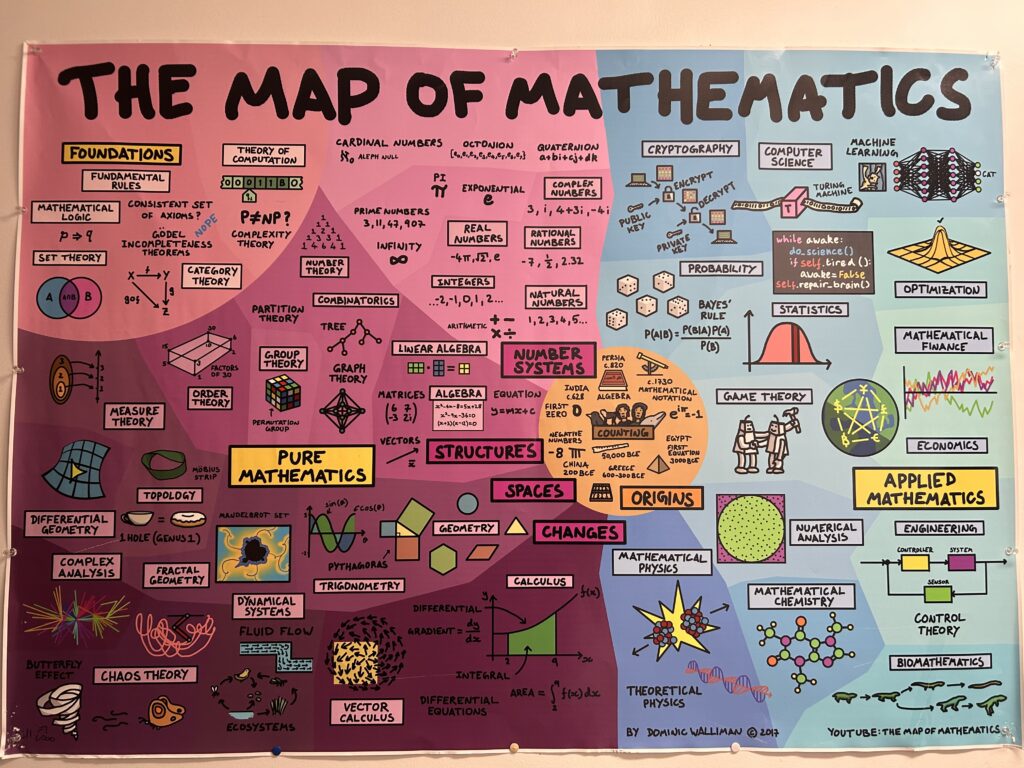Visiting the “Pacific School of Innovation and Inquiry”
Going to visit the pacific school of innovation and inquiry was inspiring, and brought up many new questions relating to inquiry and elementary education. It was also an interesting reflecting experience, as we visited the school after our watch of the documentary, “Most Likely to Succeed.” The visit made me think about inquiry based learning, and how the alternative learning approach might really appeal to some students styles of learning, while at the same time, I realized that the open ended, highly independant approach might clash with some students learning styles who prefer to have more guidance.


The PSII Inquiry Process diagram is framed all around the school, demonstrating how students are still guided through their learning journeys. I found this interesting as it shows that the students are still fully supported through school, despite having plenty of flexibility as well.
Additionally, “The Map of Mathematics” is another example of the in-class reasources the PSII school of inquiry has around their campus. This image helps show how the school teaches subjects not as seperate- but as interconnected systems, which increases student learning and encourages curiosity. At the same time, this structure places more pressure on the students to take initiative, explore topics independantly, and pursue their own lines of inquiry outside class.
Overall, my visit to the Pacific School of Innovation and inquiry gave me a better understanding of what inquiry based learning looks like in practice. Seeing how the students balance the strucutre and freedom showed me that while some students who need more instruction may not be able to handle all the freedom that comes with inquiry based learning, it empowers other learners to develop a genuine curiosity in what they are learning.